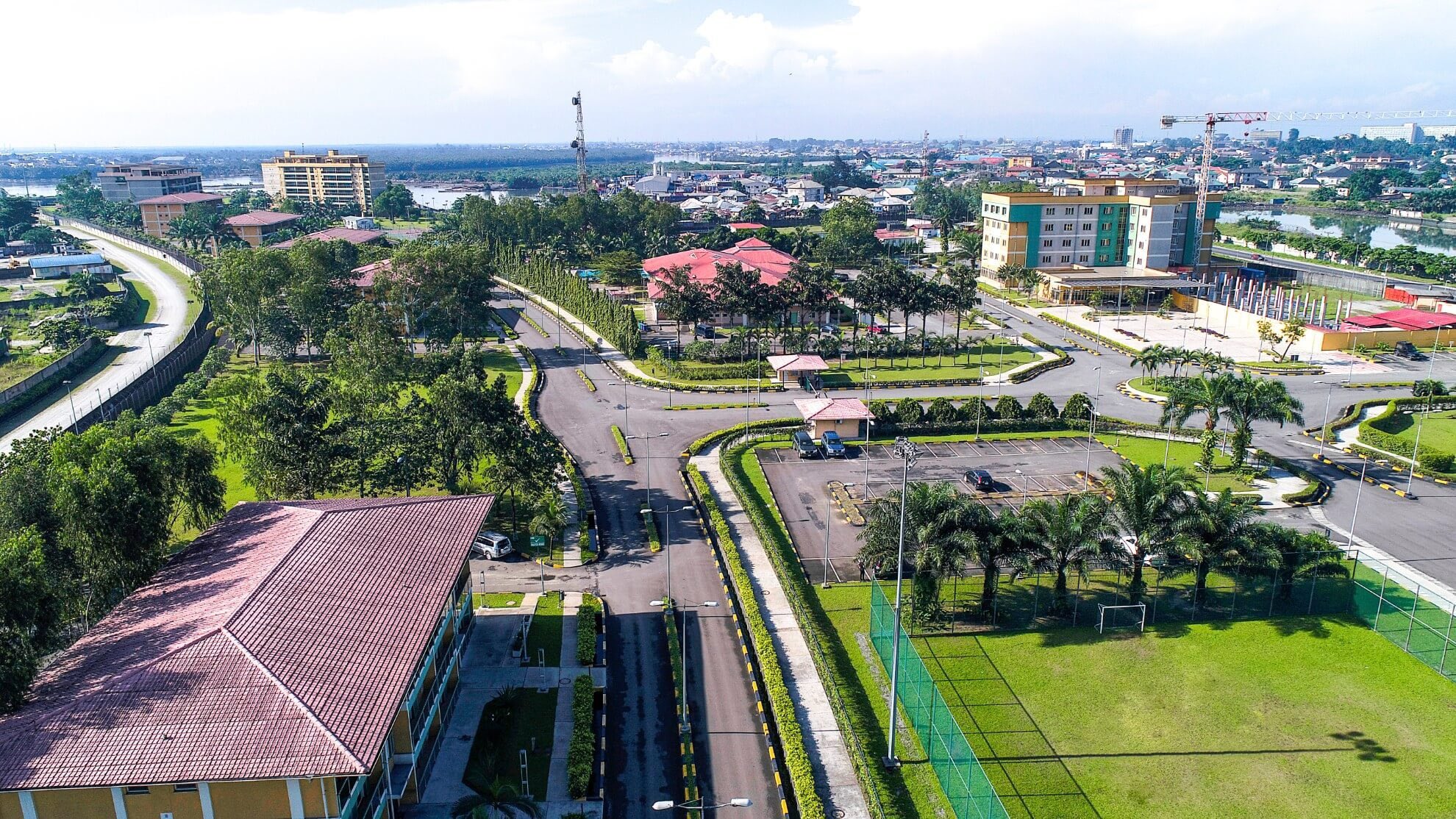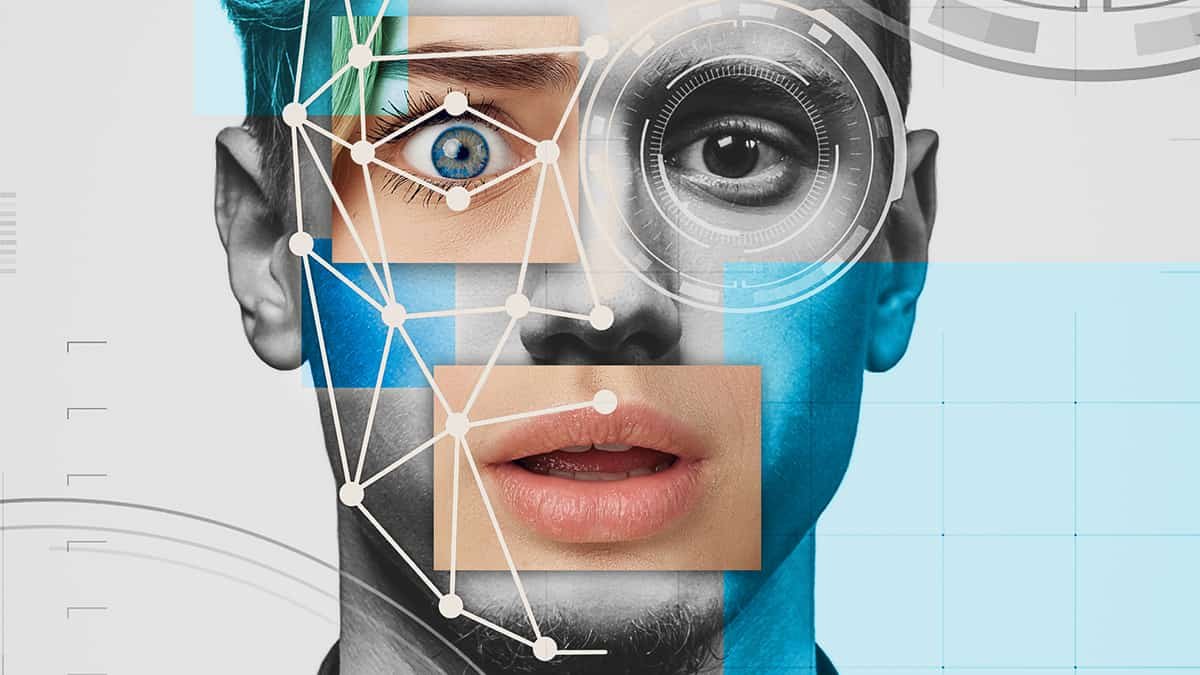The global cybersecurity landscape is undergoing a dramatic transformation as cybercriminals increasingly weaponize artificial intelligence (AI) to launch more sophisticated and targeted attacks. What began as simple email scams has evolved into complex, AI-powered campaigns that exploit the most vulnerable link in any organisation,its people.
AI technology now enables attackers to create hyper-realistic phishing messages, deepfake audio, and convincing video impersonations that are nearly impossible to distinguish from genuine communication. For small and medium enterprises (SMEs), which often lack robust IT infrastructure and dedicated cybersecurity teams, this shift represents a growing and costly threat. Experts have described it as an “unseen tax” on small businesses, capable of crippling operations, damaging reputations, and eroding hard-earned profits.
Recent data highlights the severity of the situation. Up to 80 percent of ransomware attacks now leverage AI capabilities, allowing hackers to automate and enhance their attacks with precision. A separate study reported a staggering 202 percent increase in the use of AI tools to craft realistic social engineering messages, deceptive tactics that trick employees into revealing confidential information or granting unauthorized access.
According to October 2025 estimates, small businesses are paying a steep price. The average cost of a single cyberattack has climbed to $254,445, with some incidents reaching as high as $7 million when factoring in direct financial losses, legal expenses, reputational damage, and extended downtime. For many SMEs, such losses can quickly threaten their survival.
The 2025 Verizon Data Breach Investigations Report further revealed that human error remains at the core of most breaches, accounting for about 60 percent of incidents. This underscores the reality that cybersecurity is not just a technological challenge but also a human one. While advanced security tools and software remain crucial, employee awareness and training are equally vital in building a resilient defense system.
Analysts are now urging SMEs to adopt a more holistic approach to cybersecurity by integrating AI-powered defense tools, regular staff training, and stronger governance frameworks. They also stress the need for affordable cybersecurity solutions tailored to small businesses, as well as greater collaboration between government, industry leaders, and cybersecurity firms.
As AI continues to reshape the digital landscape, the line between innovation and exploitation grows thinner. For SMEs, staying ahead of cyber threats will depend on how effectively they combine technology, education, and vigilance to safeguard their businesses from the increasingly intelligent tools of cybercrime.










